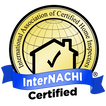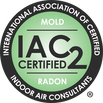Mike's Home Inspector BlogMichael Burfitt |
|
I had an incident recently where our kitchen sink was suddenly not draining. Before this event, we had no issues whatsoever when using the faucet. I tried the usual methods: snaking both sides of the sink, using drain cleaner, and pouring hot, soapy water down the drain. Nothing seemed to work, and the slow drain continued. Eventually it became clear that the entire drain system visible under the sink would have to be completely removed and replaced, as acrylonitrile butadiene styrene (aka ABS) is not generally feasible to repair. Upon dismantling the plumbing I quickly found out what the problem was. I was going to post detailed pictures of the issue, but I want you to hold onto your lunch today. Essentially, the top of this p trap (where the black pipe meets the part with white paint) was nearly completely clogged with a disgusting brown sludge known as a fatberg. This should not happen under normal operation, so I went to investigate further. I quickly discovered that the previous owners of our home had washed what appeared to be 2 long bamboo sticks down the sink. Over time, these sticks grabbed onto food and other particles and led to a reduction in water velocity going to the main drain line. As a direct result, the sludge was not forced down to the main line and slowly built up over time.
Much like Radon and Asbestos, being careless about putting items that don’t belong down the sink, such as grease or sticks, isn't likely to cause any short-term issues. However, the cumulative effects can come years down the road, often with little to no warning. If you were to tell me the week before I took the drain apart that it was full of sludge, I would not believe you, but the evidence was clear as it was obvious why our sink was not draining properly. The plus side is that we now have a clean slate, where we can be careful not to have this incident repeat. While it wasn’t an expensive fix (about $100 total), it was not fun having to spend a Monday evening (and into Tuesday morning) making this emergency repair, all while having a counter full of dirty dishes. Many homeowners believe that small, careless decisions or neglect of their home won’t make much difference to them in the long run. This may be true during their time of ownership of the home, however it will eventually result in issues. Our clogged sink started slowly building up years ago and although we could not have seen this when we moved in, many other preventable surprises can be detected with a home inspection. Many home inspector websites have a Q&A or frequently asked questions (FAQ) section, where they answer commonly asked questions about the home inspection process. Most of them involve simple questions such as what exactly a home inspection is, can I attend an inspection (YES!), how long does an inspection last (varies but 2 hours on site is a good rule of thumb) and do inspectors offer buying advice or recommendations (no). This blog is going to answer some questions that are rarely asked. Let’s take a look at a few:
Why Don’t You Do Short Term Radon Tests? Another way to phrase this is why don’t I take advantage of the ‘easy money’ in short term (48 hour) radon testing, especially when I have the necessary training and ability to perform and interpret radon tests. The obvious answer is that, unlike in the USA, they are not considered valid in Canada. Short term tests are highly inaccurate (a recent study from the University of Calgary found about 96-99% inaccuracy) and require very specific closed condition parameters. For starters, all windows have to be kept closed both before and during the test and exterior doors opened only to enter/leave. In a hot summer day without air conditioning, this is a feature that can cause significant discomfort to put it mildly! I once heard someone compare making a radon mitigation decision based on a short-term test is like getting married based on a first date and this isn’t far from the truth. Yes, a short term test is better than no test but a false negative can provide an unwarranted sense of security and a false positive will usually require a long-term test to confirm anyway. As much as I would love to be able to provide accurate information over a weekend, this is simply not possible due to the highly fluctuating nature of uranium decay deep underground and the constant changing of building conditions. It is recommended that radon tests should be completed with a 3-12 month timeframe (bare minimum of 30 days) and is the guideline that I operate under. What Does “Independent Home Inspector” Mean? This question can be expanded to include “are you hostile towards real estate agents?”. The answer to that is an absolute and clear NO! There are a large number of agents in both Halifax and Nova Scotia as whole that work very hard to ensure their client’s best interests are met just like I do. We both have a fiduciary responsibility to look out for our clients regardless of our personal opinions and we are both passionate about homes. In many cases we have mutual clients and work closely together with agents. All “independent” means is that we do not work under the direction of a real estate agent, real estate broker, contractor, or other similar organization and my loyalty is above all else to provide the unbiased truth rather than being influenced into writing a “soft” or "tough" report. Put another way, a "pre-sale" report, a "pre-purchase" report, and a "post-purchase/maintenance" report on the exact same house for the same individual client would have the exact same results with the exact same recommendations which is why I removed this section from my website. What’s the Most Interesting Personal Items or Décor You Have Seen in a Home? Nothing and even if I did stumble upon something interesting, I would not discuss it with anyone. I have stated before that the #1 thing I dislike about being a home inspector is the feeling of being intrusive in someone’s personal space. While I am skilled at looking past home contents, if there was a way to magically make every single piece of personal property temporarily disappear during an inspection, I would be a very happy inspector. A clean house also makes our job much easier, but I digress. There was once a story in the local media about a property inspector who discovered and brought down some long-lost personal property out of an attic. While it was presented as a feel-good story I was infuriated when I read the article. Unless there is a VERY good reason, we do not touch, interact with, or disturb personal property and the person in question admitted they were snooping around. If there is a concern, I will always ask the property owner for further guidance before proceeding. Being a home inspector is about trust, which I have spent many years building with both clients and the public at large. Anyone who uses our services has trust in us: that we will look out for their interests, that we will provide maximum value, that we will show up on time and finish the report as promised and most importantly that we do our best to leave only (hopefully invisible) footprints and take only photographs of the home and its various systems. If you ever do research on how to become a home inspector or what makes a great home inspector, you will find lots of information on the benefits of having things like a construction, engineering or trades background or a strong eye for detail. One thing that rarely is discussed is the importance of communication: not only to explain potential issues we find but to put them into the proper context using our skills and knowledge. Here are some examples of statements that are 100% true, yet are very misleading:
Electric Heating is 100% Efficient No high efficiency furnace or boiler can compete with electric heat, but this ignores the simple fact that electricity is usually produced by generators which are about 30% efficient. Overall, electric heating is the most inefficient and expensive way to heat a home. Electrical Heating is the Most Inefficient and Expensive Way to Heat a Home Again, this is correct on the surface but is misleading. There are a few advantages of electric heat: no oil or propane tanks are needed, they are easy and inexpensive to install, and they can be relatively easily added to cold areas of a home. They are also great for distant areas where heat is only needed sparingly, such as in a garage or workshop. In short, all heating sources have advantages and disadvantages and that is why there are so many different examples seen in homes. Radon is a Radioactive, Tasteless, Odourless Gas That is Everywhere and There is No Safe Limit You can also substitute "Carbon Monoxide” and this statement would again be true but misleading. Every single home has radon and while there is no agreed safe limit the Canadian guideline is 200 becquerels per cubic metre (200 Bq/m3) and no action is recommended unless the long-term levels in your home exceed this. I have discussed this in depth in a previous blog post, but the bottom line is radon can indeed be dangerous but, in many cases, it is not a concern. Inside Edge Home Inspections Ltd. Uses an Unlicensed Home Inspector Sounds shocking that I would admit this is true until you learn that in Canada ALL inspectors outside of British Columbia and Alberta are unlicensed: a license not only is not required but does not exist. Furthermore, as of 2021, there are absolutely no requirements to anyone calling themselves a home inspector in any of the Atlantic Provinces. Our website demonstrates my impressive credentials and extensive experience, including completing 340 hours and counting of continuing education just in 2021 alone. If licensing becomes available our company will be first in line to sign up and I run our company to the point getting a license would be very easy if available. The reality is we are fully incorporated in Nova Scotia, our company is a certified member of InterNACHI, the world’s largest home inspection organization, and I am a Certified Professional Inspector with InterNACHI. Our passion is providing quality, independent home inspections and we fully support all efforts to raise the standards in our industry. 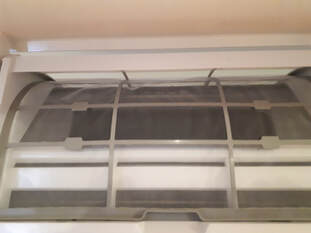 Don't forget to regularly clean the entire filter! Don't forget to regularly clean the entire filter! Radon is a radioactive, invisible, tasteless, and odorless gas created by the breakdown of uranium deep below the Earth’s surface. It is widely known to be the second leading cause of lung cancer in North America. So, how many homes in Nova Scotia have this dangerous gas in them? All of them! No need to panic though. The Canadian guideline for the maximum exposure to radon in a home is 200 becquerels per cubic metre (200 Bq/m3). The level of radon varies according to what area of Nova Scotia your home is in and changes from home to home, day to day, and community to community. The only way to know your risk of exposure is to perform a long-term test and therefore I do not offer short term (48 hour) radon testing as they are not reliable. While all homes in Nova Scotia can potentially have dangerous radon levels, there are a few locations in our service area that generally need extra attention as they are in high risk areas. They include:
Thankfully, libraries in Nova Scotia now offer radon testers on free 6-week loans so you can perform your own testing. I used one in my own home and determined that despite being in a low-risk area, I still had an average of 151 Bq/m3: acceptable but I still wanted to lower it without contacting a Radon mitigation specialist. I have heard mixed opinions on whether Radon can be filtered so I thought I would test it for myself. I replaced the activated carbon filter (the thin black strip seen here) in my heat pumps and checked again a week later. After only a week, the level of radon detected in my basement dropped significantly, both on a weekly and daily basis. As can be clearly seen below, the average radon level dropped from 151 to 66, with a further drop to 58 Bq/m3 on the final day of my month-long test. While this is not a solution to extremely high radon levels it can be an inexpensive, short term solution for those who have levels nearing the recommended maximum of 200 Bq/m3. It is highly recommended that all home and property owners use a radon monitor for a period of at least 1 and ideally 3-12 months to collect data to determine the next steps. In addition to professional radon mitigation, there are several steps that can not only reduce radon levels but provide a healthier indoor air for you and your family. These include:
With this knowledge you can take the appropriate action to keep radon to a safe level in your home. Health Canada currently recommends remediation within two years if the radon level is between 200 to 600 Bq/m3 and within one year if levels exceed this threshold. |
Archives
July 2024
Categories
All
|
|
Inside Edge Home Inspections Ltd.
Halifax, NS 902-209-9921 [email protected] Proudly Serving the HRM & Central Nova Scotia |
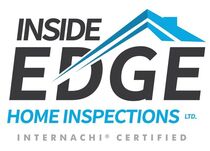
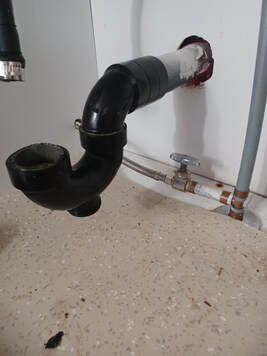
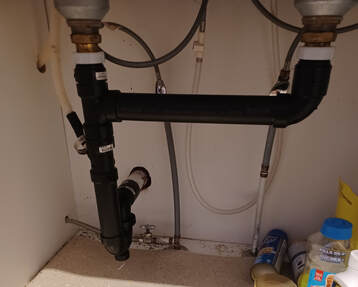
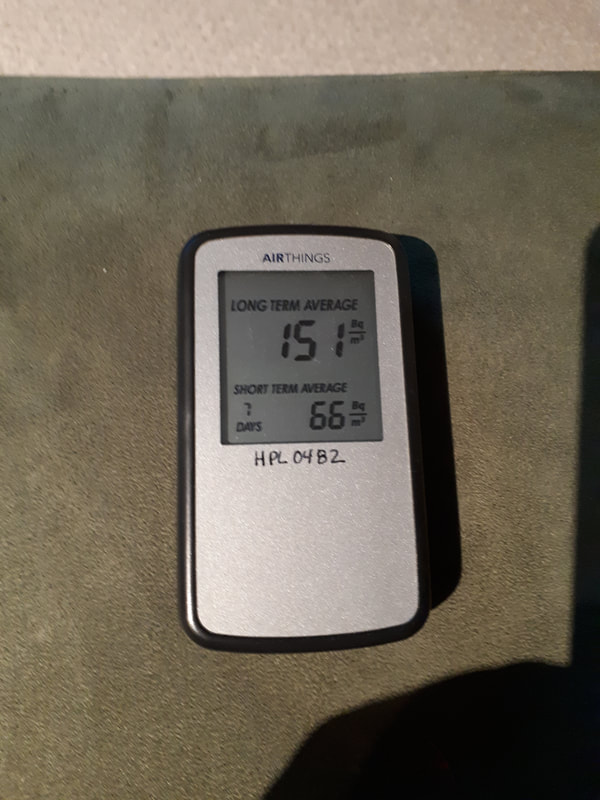
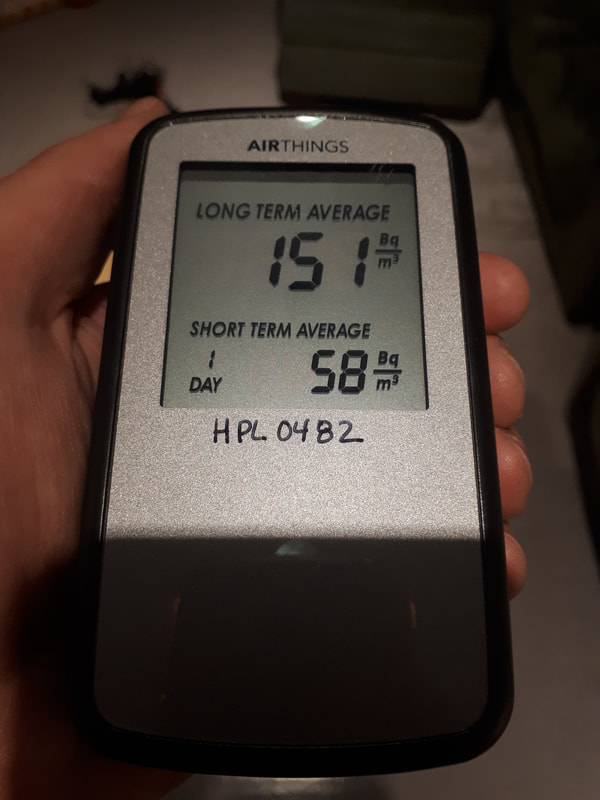
 RSS Feed
RSS Feed
